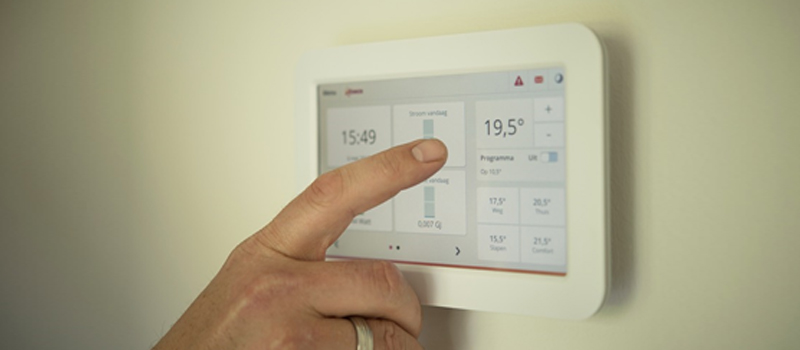Heating systems have come a long way since early radiators, which were pricey to operate and tended to leak too. There are now several modern heating options like designer radiators, some of which also filter the air for contaminated particles or are energy efficient in various ways. With the cost of energy rising in the UK, saving money on the heating bill (especially during the winter months when it gets alarmingly high) is always a welcome thing.
One of the better choices to help keep your home warmer with greater energy efficiency is a mechanical ventilation system with heat recovery features. This is the subject of this article.
How Heating Normally Works?
Heating systems tend to be inefficient due to how heating is provided and works within the home environment. This is even the case when the heating system claims to operate in an energy efficient manner.
Heaters often run on thermostats, which regulate when they turn on and how long they operate for. In the case of radiators, they push out (radiate) the heat across the room. This works well, except heat rises and so the heat is lost to the ceiling and upper floors quite quickly. In order to keep the room at roughly the same temperature, it’s necessary for the heating system to kick on repeatedly when the temperature at ground level starts to drop.
The above process means that on cold days or nights, we pay more than we should for heating. Most of the time, we’re actually re-heating our homes. And that gets expensive.
How is a Mechanical Ventilation System with Heat Recovery Different?
When using a mechanical ventilation system with heat recovery (MVHR), they perform differently and support your existing heating system.
Firstly, they work to extract moist air from the home. With a reliable package such as the Nuaire MVHR system (https://www.bpcventilation.com/heat-recovery/heat-recovery-units/nuaire-mvhr), it starts by powerfully intaking stale air from a room.
Secondly, the heat present in the captured air is retained while the stale air is expelled through a dusting and exhaust system.
Thirdly, fresh air is pulled in from outside the home and filtered for contaminants. It’s then heated using the captured warmth using the heat recovery system. The fresh, filtered warm air is then distributed throughout the ducting system in the home.
Why is Heat Recovery So Important?
While the process that removes stale air and replaces it with fresher outdoor air is better for you, the heat recovery is where the economies come into play.
Rather than paying for heating which rises to the ceiling, up to a 2nd floor, and eventually out through the roof, heat is captured and eventually gets recirculated. Instead of paying over and over to re-heat each room, the same heat is recycled in a healthy way. Filters ensure any unwanted air particles are stripped out, which makes the money-saving quite sweet too.
When getting a quote for a Nuaire MVHR system, ensure they factor in how many rooms will be included in the system. This ensures they’ll select an MVHR unit with sufficient capacity to support the size of your home to make the system as energy efficient as possible.

